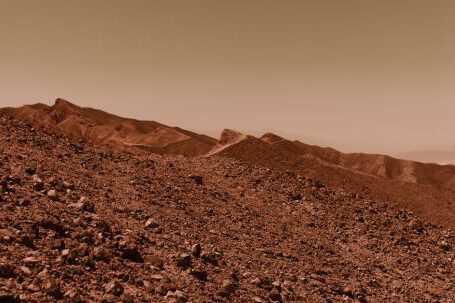Snowflakes are one of nature’s most beautiful and intriguing creations. Delicate and intricate, they are formed from frozen water vapor in the atmosphere. Their unique and intricate patterns have fascinated scientists and artists alike for centuries. But have you ever wondered why no two snowflakes are identical? The answer lies in a combination of factors, including the conditions in which they are formed and the process of crystallization.
The Formation of Snowflakes
Snowflakes are formed in the clouds when water vapor freezes into ice crystals. These ice crystals then collide with other ice crystals and water droplets, causing them to stick together and grow in size. As the snowflake falls through the atmosphere, it experiences different temperature and humidity conditions, which further shape its structure.
The Role of Temperature and Humidity
Temperature and humidity play a crucial role in determining the shape and structure of a snowflake. Different snowflakes form at different temperatures and humidity levels, resulting in a wide variety of shapes and patterns. The temperature and humidity conditions at which a snowflake forms affect the growth rate and the way the water molecules arrange themselves in the crystal lattice.
The Process of Crystallization
Crystallization is the process by which a solid forms from a liquid or gas, resulting in a highly ordered and repeating pattern of atoms or molecules. In the case of snowflakes, crystallization occurs when water molecules freeze and arrange themselves in a particular way. The specific arrangement of the water molecules determines the shape and structure of the snowflake.
The Role of Nucleation
Nucleation is the initial stage of the crystallization process, where a small seed crystal forms around which the rest of the snowflake grows. The shape and structure of the seed crystal can vary depending on the conditions in which it forms. The presence of impurities in the water molecules can also affect the nucleation process, leading to different patterns and shapes.
The Role of Growth Conditions
As the snowflake falls through the atmosphere, it encounters different growth conditions, such as changes in temperature and humidity. These variations in growth conditions can cause the snowflake to develop branches or other intricate features. The growth rate of the snowflake also affects its final shape and structure. Slower growth rates allow more time for the water molecules to arrange themselves, resulting in more intricate and detailed patterns.
The Beauty of Uniqueness
The uniqueness of snowflakes is a result of the combination of all these factors. Each snowflake follows its own unique path through the atmosphere, experiencing different growth conditions and encountering different water molecules along the way. This individual journey shapes the snowflake’s final form, resulting in an infinite variety of shapes and patterns.
Appreciating the Complexity of Nature
The fact that no two snowflakes are identical is a testament to the incredible complexity of nature. The delicate interplay of temperature, humidity, crystallization, nucleation, and growth conditions all contribute to the creation of these exquisite ice crystals. By studying snowflakes, scientists gain a deeper understanding of the physical processes that govern our world.
In conclusion, the question of why there are no two identical snowflakes can be answered by examining the formation process and the factors that influence the shape and structure of these delicate ice crystals. The unique combination of temperature, humidity, crystallization, nucleation, and growth conditions results in a seemingly infinite variety of shapes and patterns. Each snowflake is a testament to the beauty and complexity of nature, reminding us of the wonders that surround us every day.





